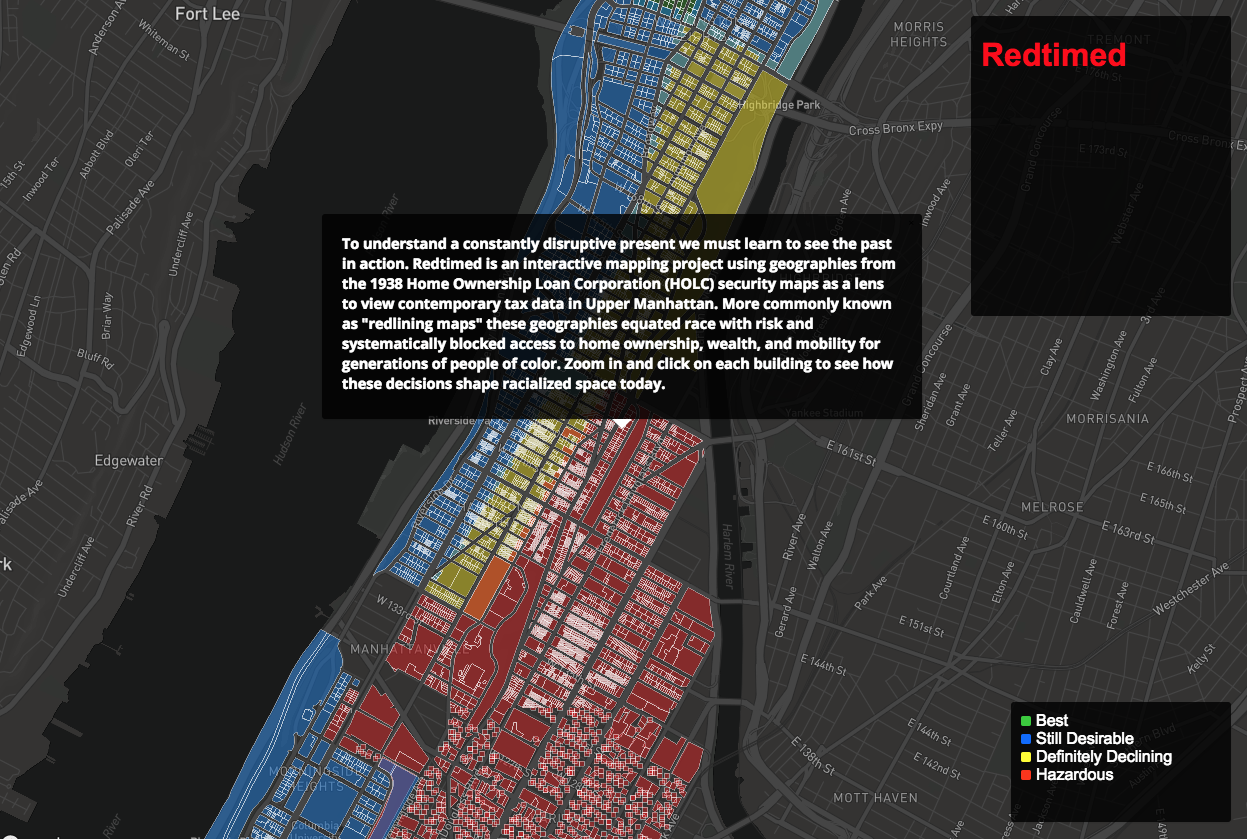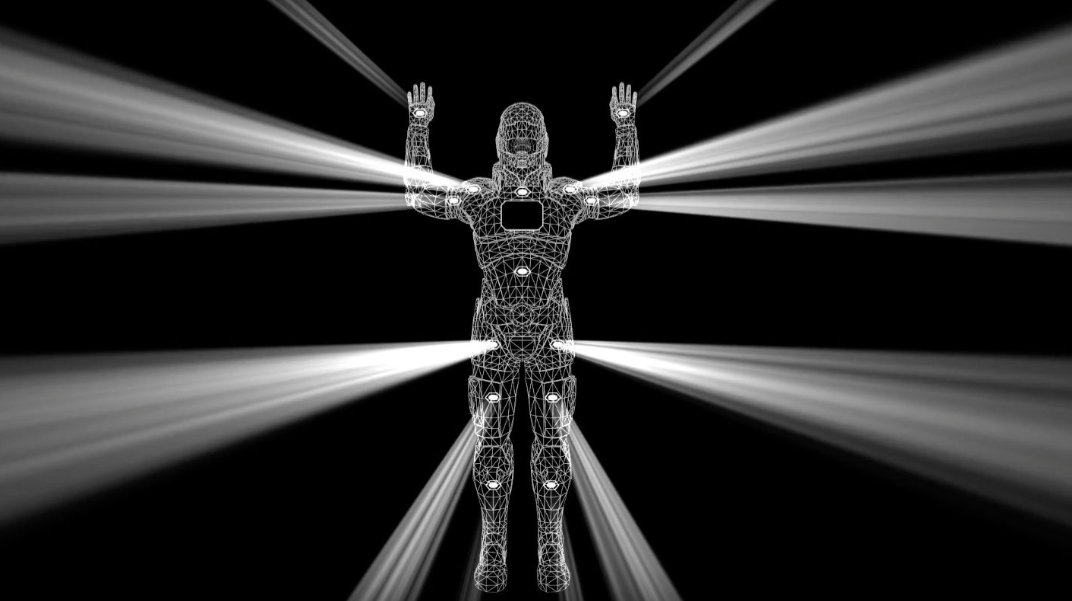Ron Morrison, MS Design and Urban Ecologies ’15
Ron Morrison is a designer, artist, and urbanist. Their practice works to create strategies using art and design that help people understand how urban systems work and how to act within their fissures and inconsistencies. From these dissonant spaces, we learn to rework and retune systems towards an increased potential for collaboration and action. With a strong background in community development and social advocacy, they believe that people should have full access to shaping their cities and communities and see design as a medium for creating knowledge and moving beyond paralysis in the face of complexity. From building open source platforms to upend the continued practice of solitary confinement to crafting community-based archives to combat gentrification, their work investigates cartographies of slow violence, dispossession, embodied data, and blackness. They have been a collaborator with design teams that implemented projects in New Orleans, Ghana, Colombia, Ethiopia, New York, and Venice and have had work featured in AIA New York, the UN World Urban Forum, and the Tribeca Film Festival. Ron holds degrees in Psychology and Gender Studies, as well as a graduate degree in Design and Urban Ecologies from Parsons School of Design. They currently teach in the School of Design Strategies at Parsons School of Design.

Redtimed
Ron Morrison, MS Design and Urban Ecologies ’15
2014
web-based interactive mapping project

The Argus Project
Raquel de Anda, MS Design and Urban Ecologies ’15; Ayodamola Okunseinde, MFA Design and Technology ’15; Gan Golan; Julien Terrell; Ronald Morrison, MS Design and Urban Ecologies ’15; Ligaiya Romero
